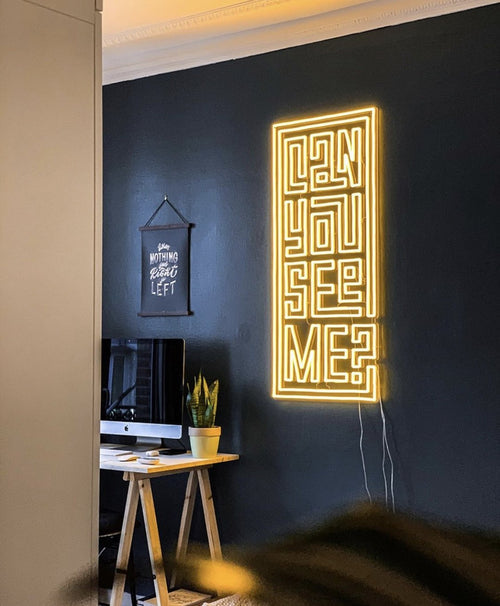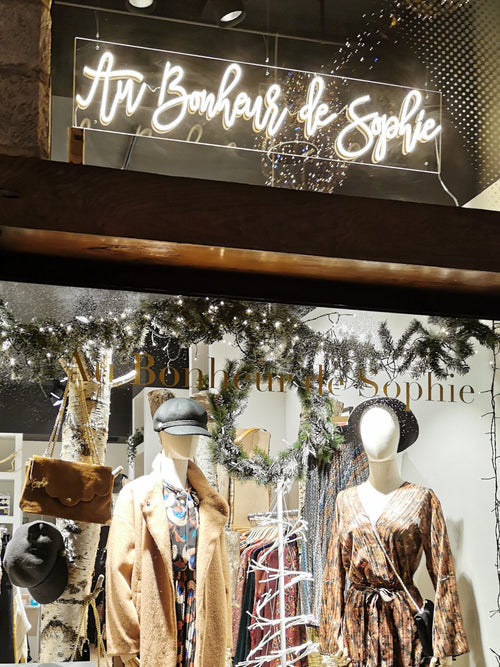Introduction: The Allure of Custom Neon Lights
Custom neon lights have long captured the imagination, illuminating our cities with their vibrant colors and distinctive glow. From classic diner signs to contemporary art installations, custom neon lights have evolved significantly, reflecting changes in technology, design, and cultural expression. This exploration seeks to unravel the history, significance, and modern applications of custom neon lights.
1. Historical Context: The Birth of Neon Lighting
The history of neon sign lighting dates back to the early 20th century. In 1910, French engineer Georges Claude demonstrated the first neon lamp at the Paris Motor Show, showcasing its potential for advertising and decorative purposes. Neon gas, when electrified, produces a brilliant reddish-orange light. This unique quality made it an ideal medium for signage.
By the 1920s, neon signs began appearing across the United States, particularly in urban areas like New York and Los Angeles. Businesses recognized the advertising potential of neon; it could attract attention even from a distance. Iconic signs, such as the "Welcome to Fabulous Las Vegas" sign, became symbols of the cities they adorned.
2. The Craft of Custom Neon Lights

Creating custom neon lights involves a meticulous process that blends artistry with engineering. Here's a breakdown of the key steps involved in crafting these glowing masterpieces:
-
Design Phase: The journey begins with a concept. Artists and designers often work closely with clients to develop a unique design that captures the intended message or aesthetic. This phase may involve sketches, digital renderings, or prototypes.
-
Glass Bending: The heart of neon creation lies in bending glass tubes. Skilled artisans, known as neon benders, use specialized tools and heat to shape glass into intricate forms. This process requires years of training and a steady hand, as even the slightest mistake can lead to breakage.
-
Filling with Gas: Once the glass tubes are shaped, they are evacuated of air and filled with either neon or argon gas, depending on the desired color. Neon gas emits a warm reddish-orange hue, while argon, combined with phosphor coatings, can create a range of colors.
-
Electrode Installation: Each neon tube is fitted with electrodes at both ends. When electricity flows through the gas, it ionizes the atoms, causing them to emit light. The brightness and color of the light depend on the gas used and the voltage applied.
-
Final Assembly: After testing, the tubes are assembled into the final design. This stage may also involve adding LED elements for energy efficiency or enhancing color vibrancy.
3. Cultural Significance: Neon as an Art Form
Custom neon lights have transcended their functional role as mere advertising tools to become a form of artistic expression. Contemporary artists increasingly incorporate neon into their work, using it to convey complex themes and emotions. Renowned artists like Dan Flavin and Tracey Emin have harnessed the medium to create thought-provoking installations.
Neon has also become synonymous with specific cultural movements, particularly in the realm of nightlife and urban culture. Its association with vibrant nightlife, music, and subcultures makes it a potent symbol of energy and creativity. From music festivals to art exhibitions, neon lights are often used to create immersive environments that engage audiences.
4. Modern Applications of Custom Neon Lights
In recent years, the versatility of custom neon lights has led to their adoption in various sectors beyond traditional signage:
-
Interior Design: Neon has made a resurgence in interior decor, adding a playful and modern touch to residential and commercial spaces. Custom neon art pieces serve as focal points, infusing rooms with personality and warmth.
-
Weddings and Events: Couples are increasingly opting for custom neon signs at weddings and events to add a personalized touch. Whether displaying names, quotes, or decorative motifs, these lights enhance the atmosphere and create memorable backdrops for photos.
-
Branding and Marketing: Businesses use custom neon signs to establish their brand identity. Eye-catching designs help attract customers and create a distinct atmosphere in restaurants, bars, and retail spaces.
-
Art Installations: Many cities now feature large-scale neon art installations in public spaces, contributing to urban revitalization efforts. These installations often address social issues or celebrate local culture, making art accessible to a broader audience.
5. The Future of Custom Neon Lights
As technology advances, the future of custom neon lights looks promising. LED neon flex, an alternative to traditional glass neon, has emerged as a safer, more energy-efficient option. This innovation allows for more intricate designs and easier installation, expanding the possibilities for custom creations.
Moreover, the growing interest in sustainable design practices has prompted manufacturers to explore eco-friendly materials and processes. The potential for integration with smart technology also opens new avenues for interactive and dynamic lighting solutions.
Conclusion:
In summary, custom neon lights have evolved significantly since their inception, transitioning from simple advertising tools to vibrant expressions of art and culture. Their ability to captivate and engage audiences continues to inspire designers, artists, and businesses alike. As we move forward, the fusion of tradition with innovation will likely shape the future of neon lighting, ensuring its place in our lives for years to come.




